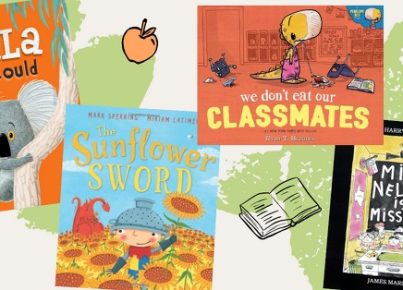As a parent, you are probably in an endless quest to find entertaining fiction books to promote reading and active listening in your child. Little do you know, children enjoy real-life and nonfiction stories. These present a fantastic way to learn about different experiences and animals, plants, and, most importantly, people.
By teaching your child how to navigate nonfiction text using captions, diagrams, and the table of contents, reading is likely to become their favorite activity. How do you do it, though? That is something we will discuss throughout this article.
Introduce Them To Nonfiction
For your child to gain interest in reading nonfiction books, you need to introduce them to these topics. The first step is to explain to them that these texts hold information and realistic situations that they may encounter in life instead of fiction books.
Furthermore, it would help if you told them that most nonfiction books focus on a particular idea. An excellent method to help your children understand the difference is to organize books by topics in their free time. This increases their interest in reading and learning from texts and understanding the interconnection between written and spoken language.
Lead the Read
It would be best if you allowed your child to choose a nonfiction book to read. Still, that doesn’t mean that you shouldn’t be the leader who guides them through the text. Compared to fiction stories, skipping a few chapters in a nonfiction book doesn’t have to be inconvenient.
However, if your child is eager to cover all the components of a specific text, you should support them. Start by educating them on the importance of a table of contents and discuss why the chapters are placed in order (for example, the characteristics of an animal, then its habitat, food, etc.).
Furthermore, you should help them increase their understanding through presented charts, diagrams, and sketches. The coolest part about reading a nonfiction book with your child is that they are interested in the topic and are more likely to stay focused.
Educate Your Child On Essential Components
As a first-time reader, your kid probably doesn’t understand the index, list of sources, table of contents, and other components that comprise a nonfiction book. You have to guide them through and educate them on how to use some of these elements.
For example, a table of contents is perfect for navigating an idea or a topic of interest (if they don’t have enough time to read the whole text). The same goes for the index, which presents the covered topics in alphabetical order.
Although you may skip the glossary as an adult, it can be interesting for a kid who wants to learn new phrases and words. In the end, photos and charts are probably the elements that your reader will focus on the most (in the beginning), as they present visual explanations of written text.
Concluding Thoughts
To prepare them for challenging texts and concepts, you should introduce children to nonfiction books at an early age. Educating them on how to navigate a nonfiction text and find the topic that they are interested in is a valuable skill that they will significantly benefit from later on in life.




